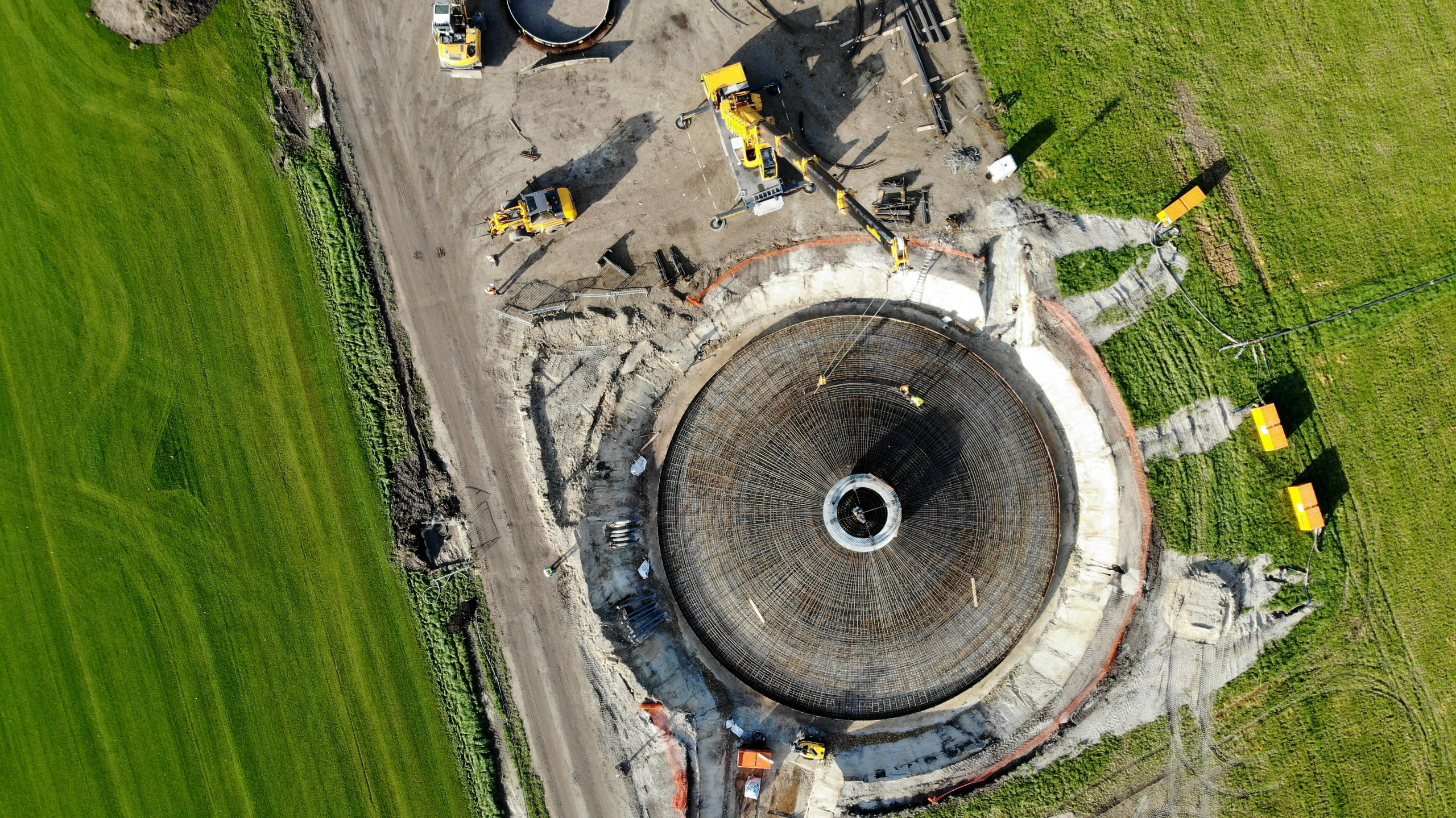CTE Wind R&D and Consulting services are the first choice when it comes to foundation design regardless of the WTG-manufacturer, model, size, power or soil conditions. Thanks to internal R&D-Team with senior engineers, holding over 100 years of cumulated experience in the design of wind turbine foundations, nothing is impossible.
La Richardais (FRA) – In 2019 Developers worldwide have globally commissioned a little over 45GW of onshore wind turbines. According to Bloomberg New Energy Finance, the Danish firm Vestas remained this way the world’s leading wind turbine supplier, with Spanish-German wind engineering company Siemens Gamesa a strong second. Chinas manufacturer number one Goldwind was third in the rankings, while US-Leader GE Renewable Energy’s secured its fourth place. Together the top four manufacturers accounted for 55 percent of the market share.
100 years of cumulated experience
This statement applies more or less also to CTE Wind, which calculated, designed and evaluated about 5000 WTG-foundations in 2019 around the globe. Thanks to CTE Wind’s internal R&D, with senior engineers holding over 100 years of cumulated experience in the design of wind turbine foundations worldwide, new turbine models from the top manufacturers as well as less common WTG-models from smaller or local manufacturers are only a little challenge. CTE Wind engineering services lead to state-of-the-art foundation solutions for wind turbines. Regardless of whether it is a prototype, such as GE’s giant 12 MW Haliade X or smaller 1 MW machine, from German ENO or Dutch EWT.
Wooden tower
Also worth
mentioning: the different types of towers for wind turbines. Concrete (hollow
foundation) and steel towers are well known to CTE Wind. Both tower systems are
suitable to be used alone or in combination. Even foundations with wooden
towers were calculated and designed by CTE Wind in the past.
The sum of all experiences made during the
projects since 2003 is the reason why their engineering services in foundation
design are the first choice for wind turbine manufacturers, wind park
developers and EPC contractors worldwide.
 Choose an office
Choose an office





